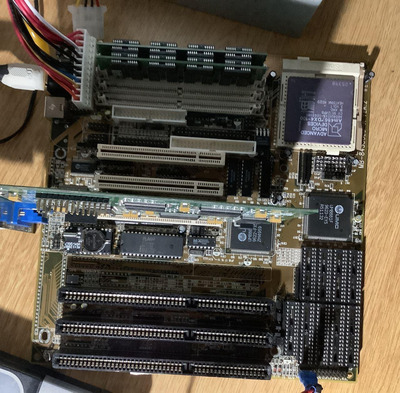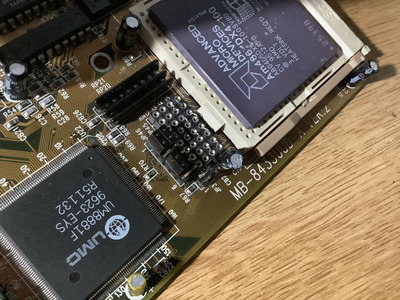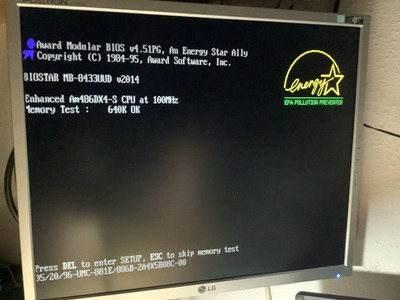Reply 20 of 42, by tpowell.ca
- Rank
- Member
wrote:I removed a UM8663BF Super I/O IC from a revision 3.1 Biostar MB-8433UUD motherboard. The silkscreen shows UM8663AF/BF, so perhaps you can use either of these. This particular MB had a defective floppy controller, so I am hoping the replacement fixes the issue.
Thread Hijack Warning
Hello feipoa, I just acquired a revision 3.1 Biostar MB-8433UUD motherboard recently but cannot find any documentation online explaining what if anything makes this board different from a rev 2.
Are the BIOS updates compatible between revisions, and do they support the same CPU models ?
Thanks
- Merlin: MS-4144, AMD5x86-160 32MB, 16GB CF, ZIP100, Orpheus, GUS, S3 VirgeGX 2MB
Tesla: GA-6BXC, VIA C3 Ezra-T, 256MB, 120GB SATA, YMF744, GUSpnp, Quadro2
Newton: K6XV3+/66, AMD K6-III+500, 256MB, 32GB SSD, AWE32, Voodoo3



